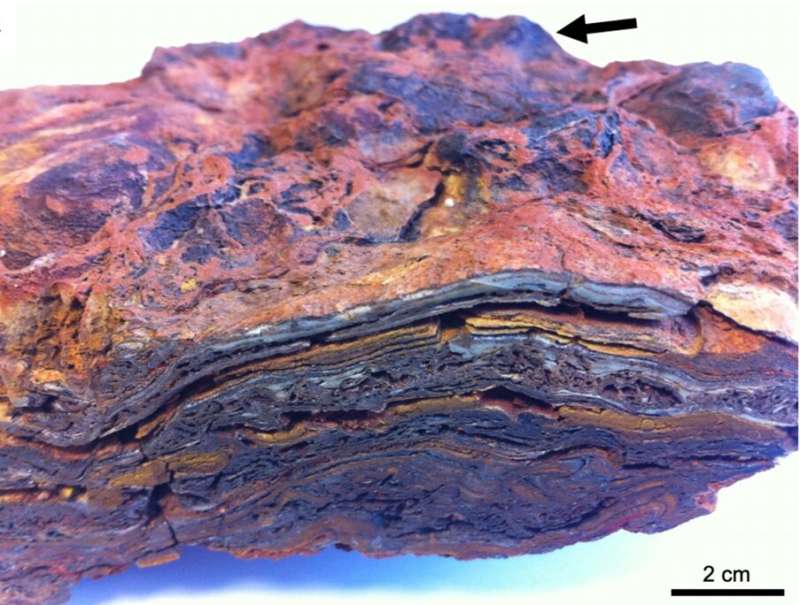Scientists conducted a three-dimensional tomography of ancient traces of the presence of microscopic life on the Earth’s surface — stromatolites. They have discovered features of their structure that can be used to identify similar formations on Mars, even if they have no organic remains left.

Studies of stromatolites
Stromatolites are geological formations in the form of small columns. They are formed in shallow water when microorganisms form a dense film in one place from year to year, which dies off and is deposited in the form of layers.
At the same time, stromatolites are the oldest known evidence of the existence of life on our planet. Their remains are from the Dresser Formation, which in Western Australia are 3.48 billion years old. At the same time, for a long time, many scientists have adhered to the theory that they are not the result of the activity of organic life.
One of the reasons is that the ancient stromatolites were largely weathered and did not retain any traces of organic substances. Therefore, the team of scientists decided to check whether they could find any other evidence of the organic origin of these structures.
How to find signs of life on Mars
Scientists applied optical and electron microscopy, elemental geochemistry, and Raman spectroscopy to samples of ancient stromatolites. Scientists were able to create a three-dimensional visualization of layered structures of stromatolites with submillimeter accuracy.
For this, they used the acquisition of phase-contrast images using the SYRMEP electron beam at the Elettra synchrotron in Italy. Scientists were able to identify the voids formed as a result of the disappearance of organic substances and microbial shells and now know what they look like.
As a result of geochemical processes, stromatolites in the Dresser formation instead of organic substances mainly consist of iron oxide — hematite. These substances are also very common in Martian rocks. But organics have not yet been found in them.
Perhaps the remains of living organisms will not be found in the samples collected by the Perseverance rover and which will be delivered to Earth in the early 2030s. But now scientists know which microstructures indicate that they once existed in rocks, but eventually disappeared.
According to phys.org
Follow us on Twitter to get the most interesting space news in time
https://twitter.com/ust_magazine
